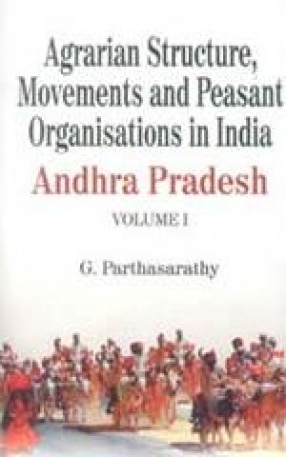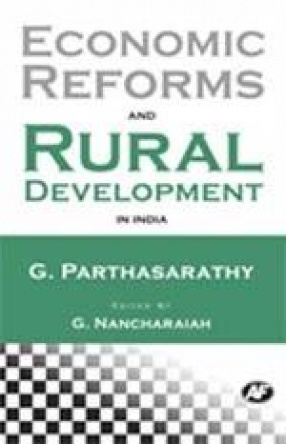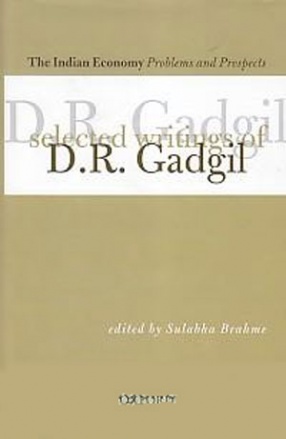The agrarian question still remain central to India’s development discourse. It was paramount in the pre-independence period as the structure and process of agrarian economy posed a serious bottleneck in the effort to bring about a sense of egalitarianism in the realm of socio-economic and political arenas. The earlier structure was fostered by the ruling classes for extracting exorbitant rent/revenue from the tillers of land by various anti-peasant measures. These measures subsequently led to movements by the peasantry in various parts of the country. The resulting tensions had far reaching implications which the Planning Commission rightly comprehended in its report in 1969. The Commission emphasised the need for delving into the causes of agrarian tensions which stirred many parts of the country. The studies in this volume explain the past scenario and focus on the changing agrarian structure in the wake of agrarian tension and movements. They further discuss the role of peasant organisations and bring out the policy implications of the evolving situation. The studies also amply demonstrate the need for ensuring a more egalitarian distribution of land and resources among the peasantry with a view to increase their participation in development process. These studies are pioneering works by eminent scholars in the field and have great historical value. By providing valuable insights into the agrarian scenario, they also sketch out a perspective for future research in the area.
Agrarian Structure, Movements and Peasant Organisations in India (In 4 Volumes)
In stock
Free & Quick Delivery Worldwide
reviews
Bibliographic information
Title
Agrarian Structure, Movements and Peasant Organisations in India (In 4 Volumes)
Author
Edition
1st ed.
Publisher
ISBN
8178270641
Length
viii+330p., xx+778p., viii+322p., xii+645p., Figures; Tables; Maps; Notes; Appendices; Bibliography; Index; 23cm.
Subjects









There are no reviews yet.